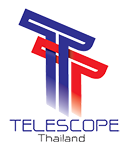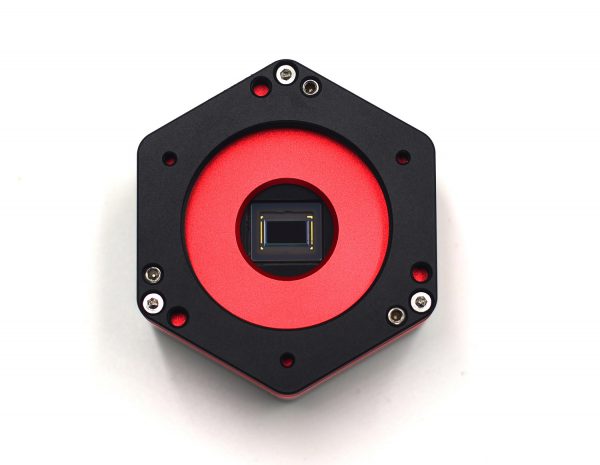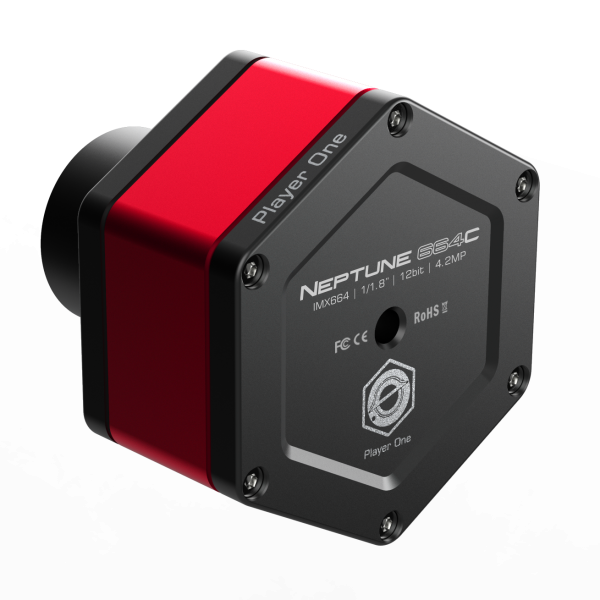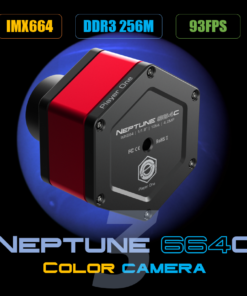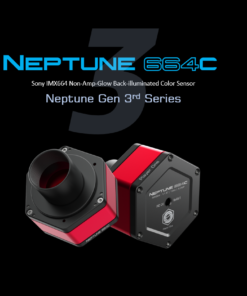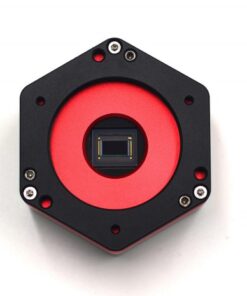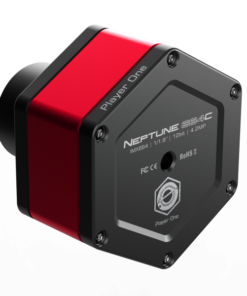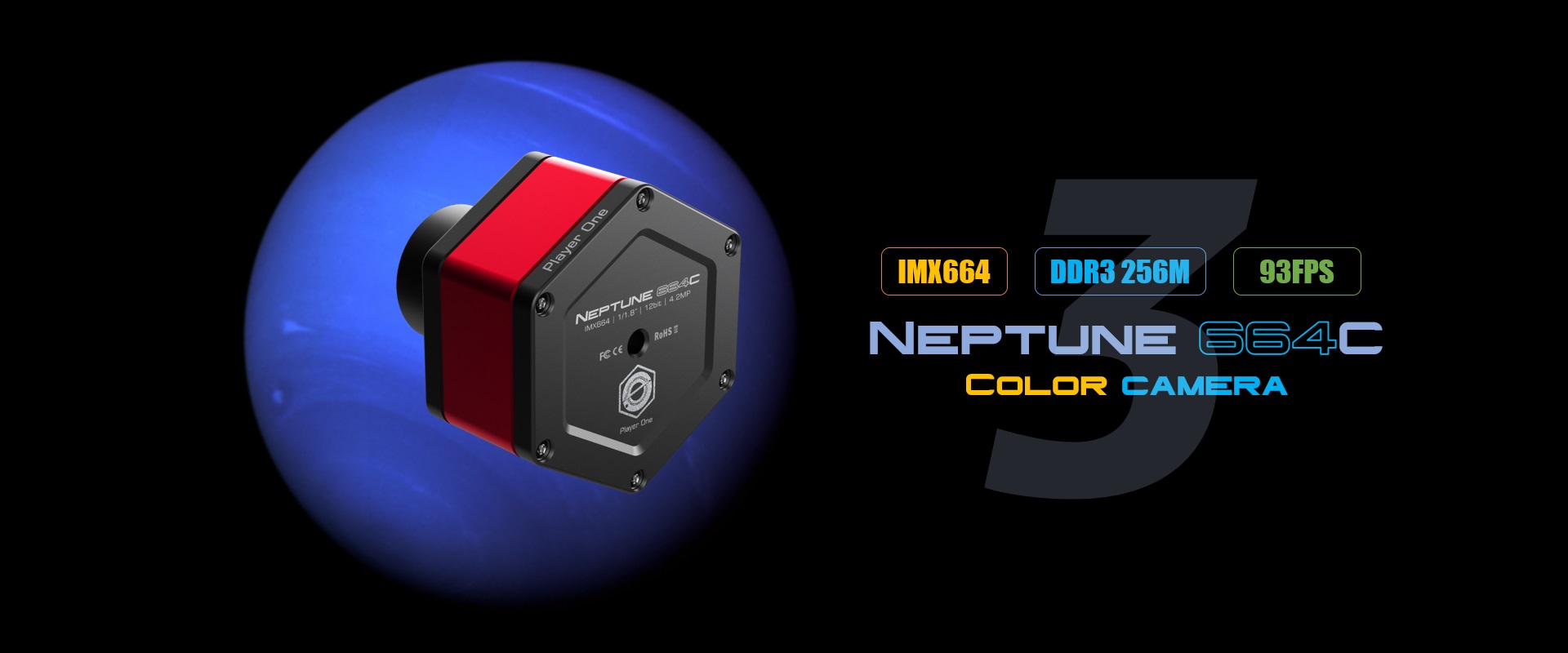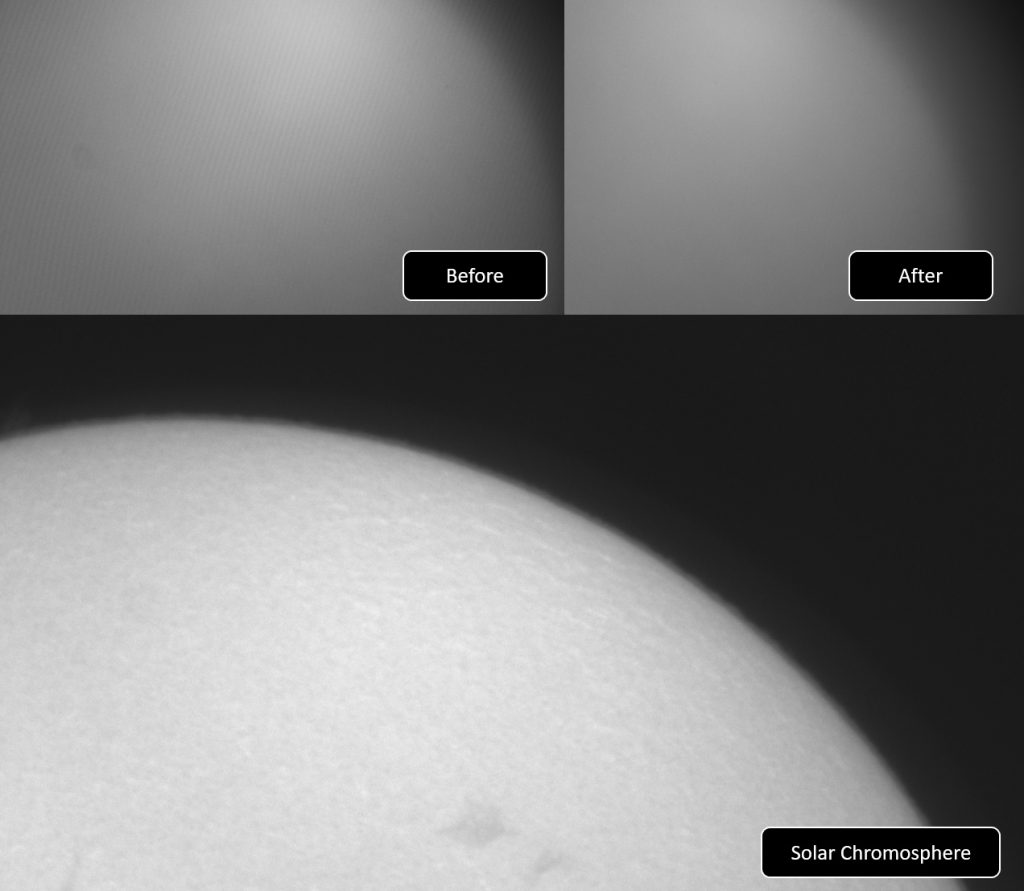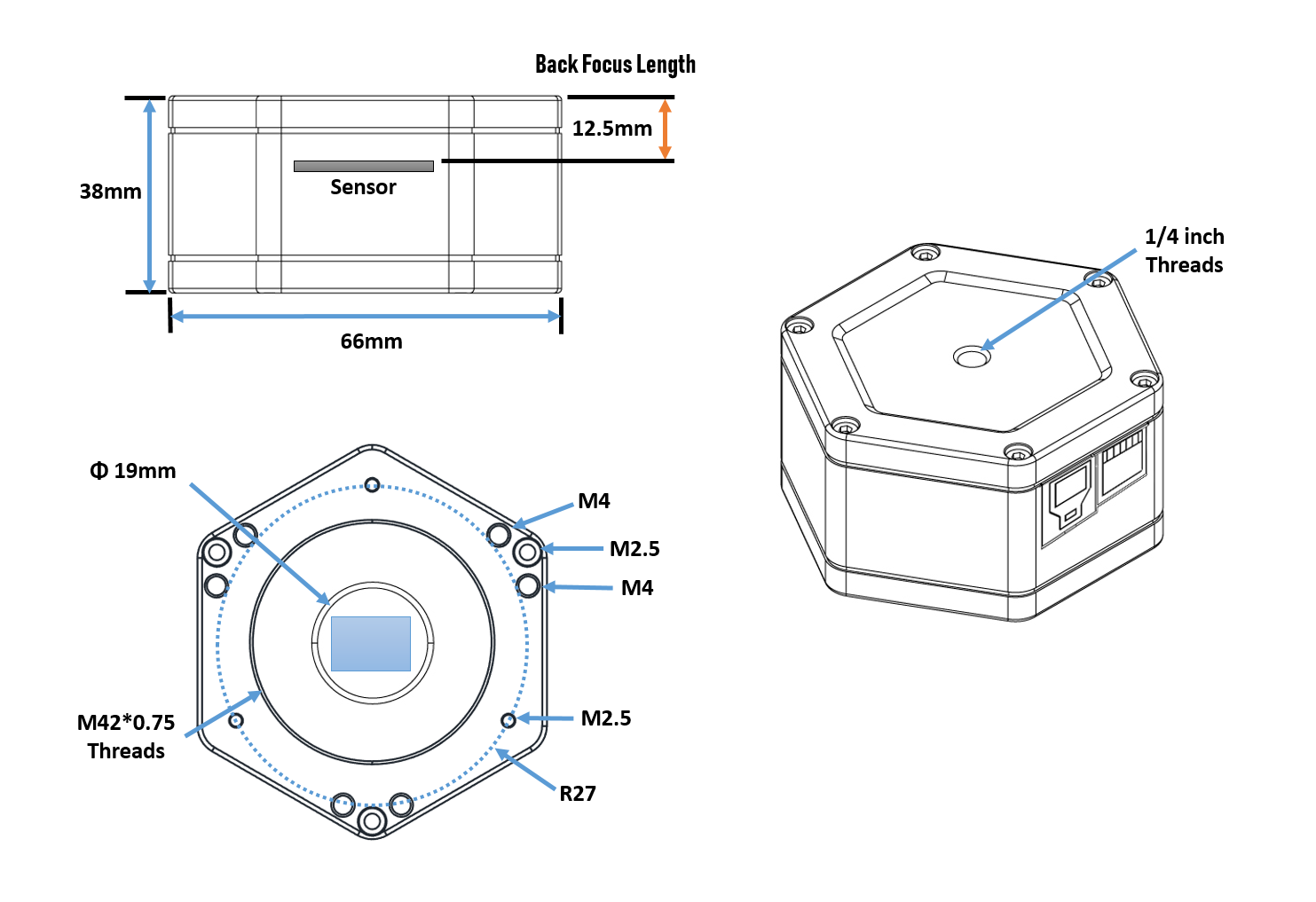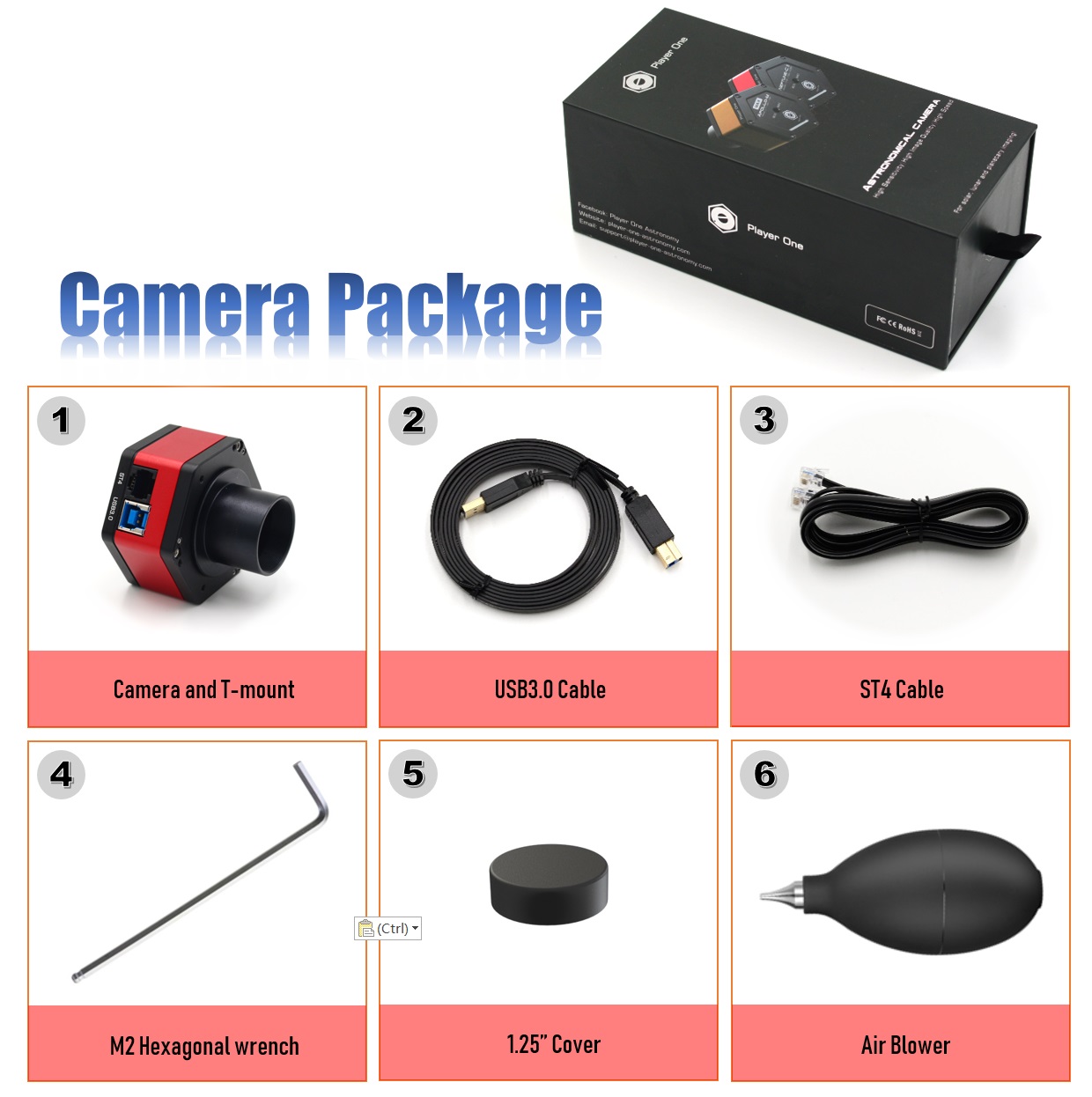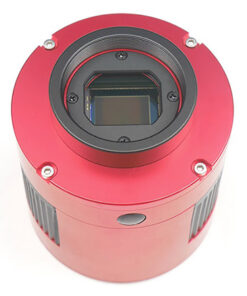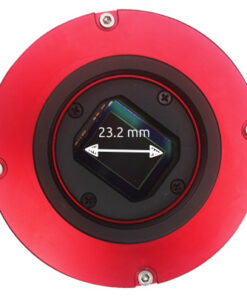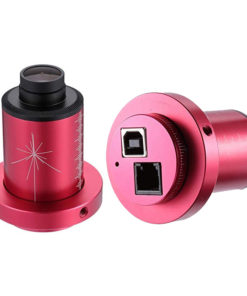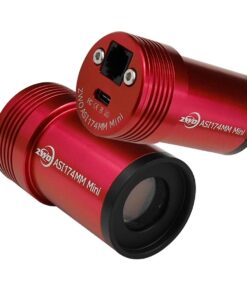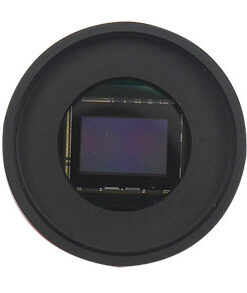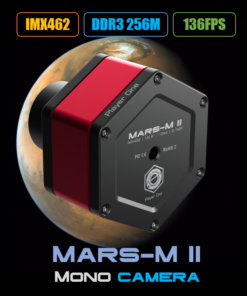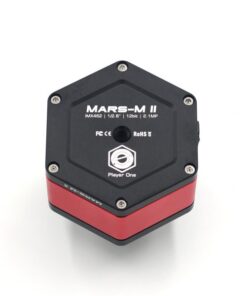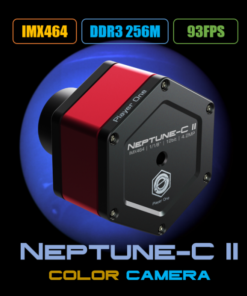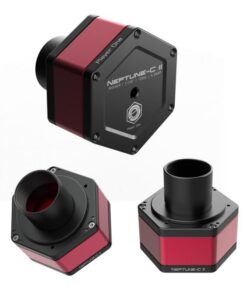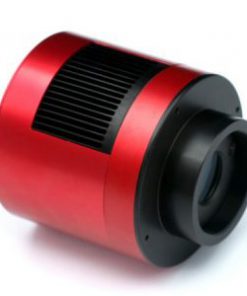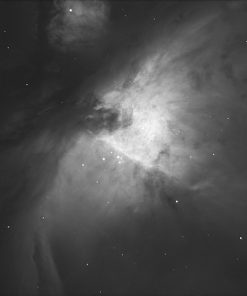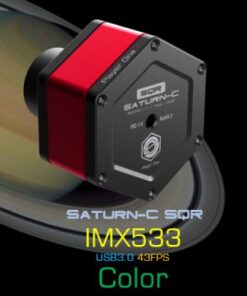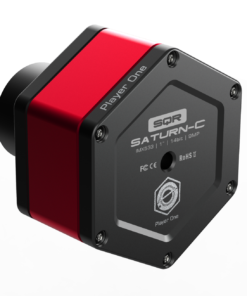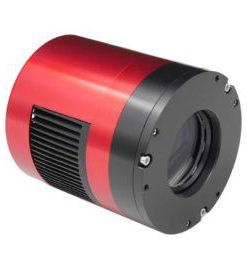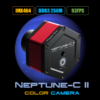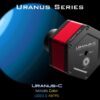NEPTUNE 664C USB3.0 Color Camera
Description
NEPTUNE 664C USB3.0 Color Camera
Product Description
NEPTUNE 664C opened NEPTUNE 3rd Gen gate, the newest planetary camera which developed by Player One Astronomy. A successor of Neptune-C II (IMX464) camera. NEPTUNE 664C camera adopts the Sony IMX664 1/1.8” color sensor. The 2.9um pixel size accommodates a well depth of 38.5ke with a total of 4.2MP (the resolution is 2704*1540), and the diagonal is 6.46 mm.

Super AR Plus window
NEPTUNE 664C using this Super AR Plus window in front of it. This window glass can give super high transmittance from 310nm to 1100nm. This important improvement, make NEPTUNE 664C camera has much better performance in both Ultravoilet and NIR.
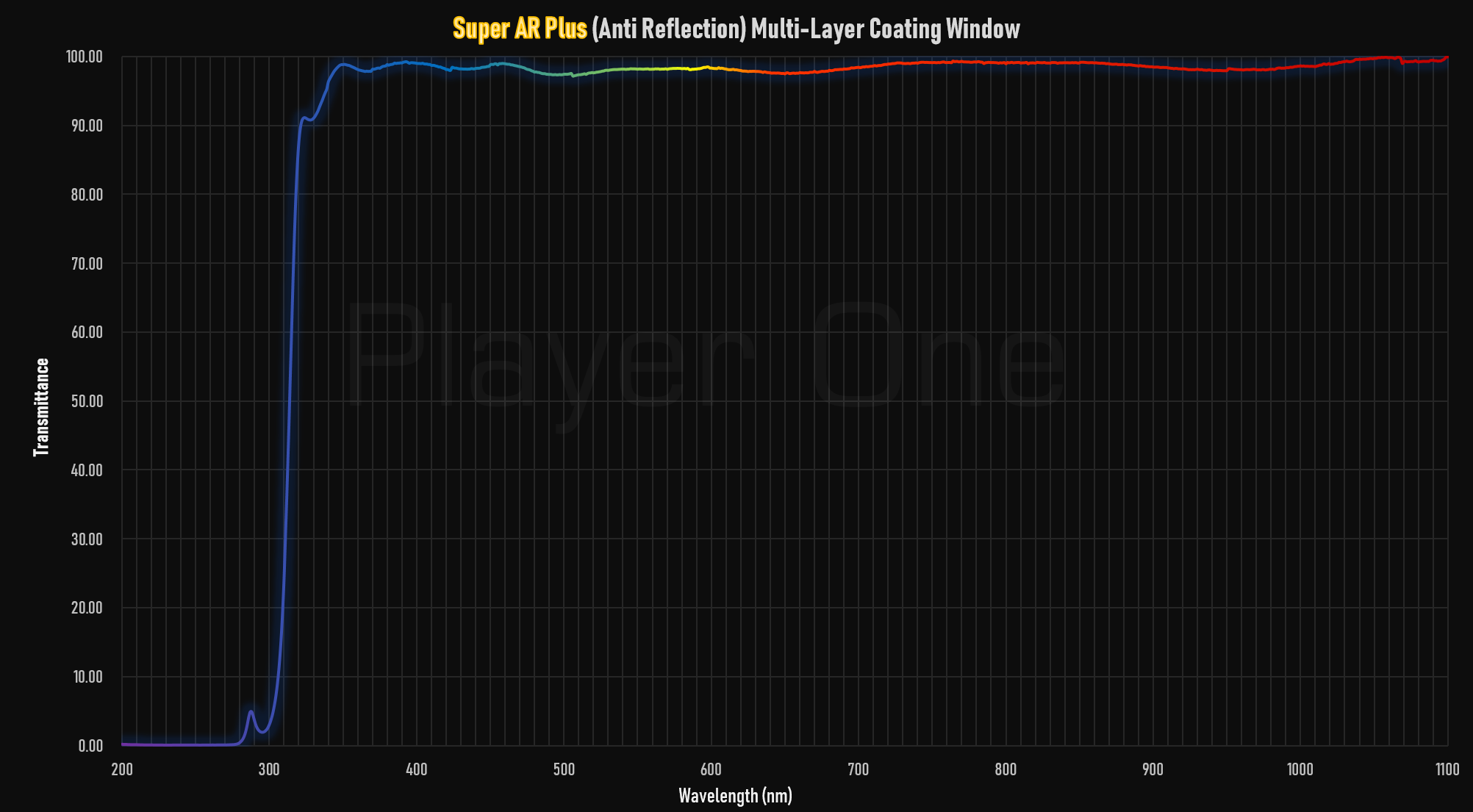
The naming of Player One Astronomy cameras is unique. For example, we name the planetary cameras after planets (They are Mercury, Venus, Mars, Jupiter, Saturn, Uranus, and Neptune, Earth is not included). The size of each planet to a certain extent represents the size of camera sensors. We will name Saturn with a 1-inch sensor camera, and for Mars, we will name it with a ½.8 inch sensor camera. All names will be engraved on the housing of the cameras.
STARVIS 2 Technology
NEPTUNE 664C based on Sony newest STARVIS 2 technology, it is back-illuminated pixel technology used in CMOS image sensors.
Non-Amp-Glow
Biggest supprise of NEPTUNE 664C camera is, its dark frame is totally “dark”, whatever we strength the curve, there is no AMP glow at all!
60s dark frame of NEPTUNE 664C camera(resize to 50%):
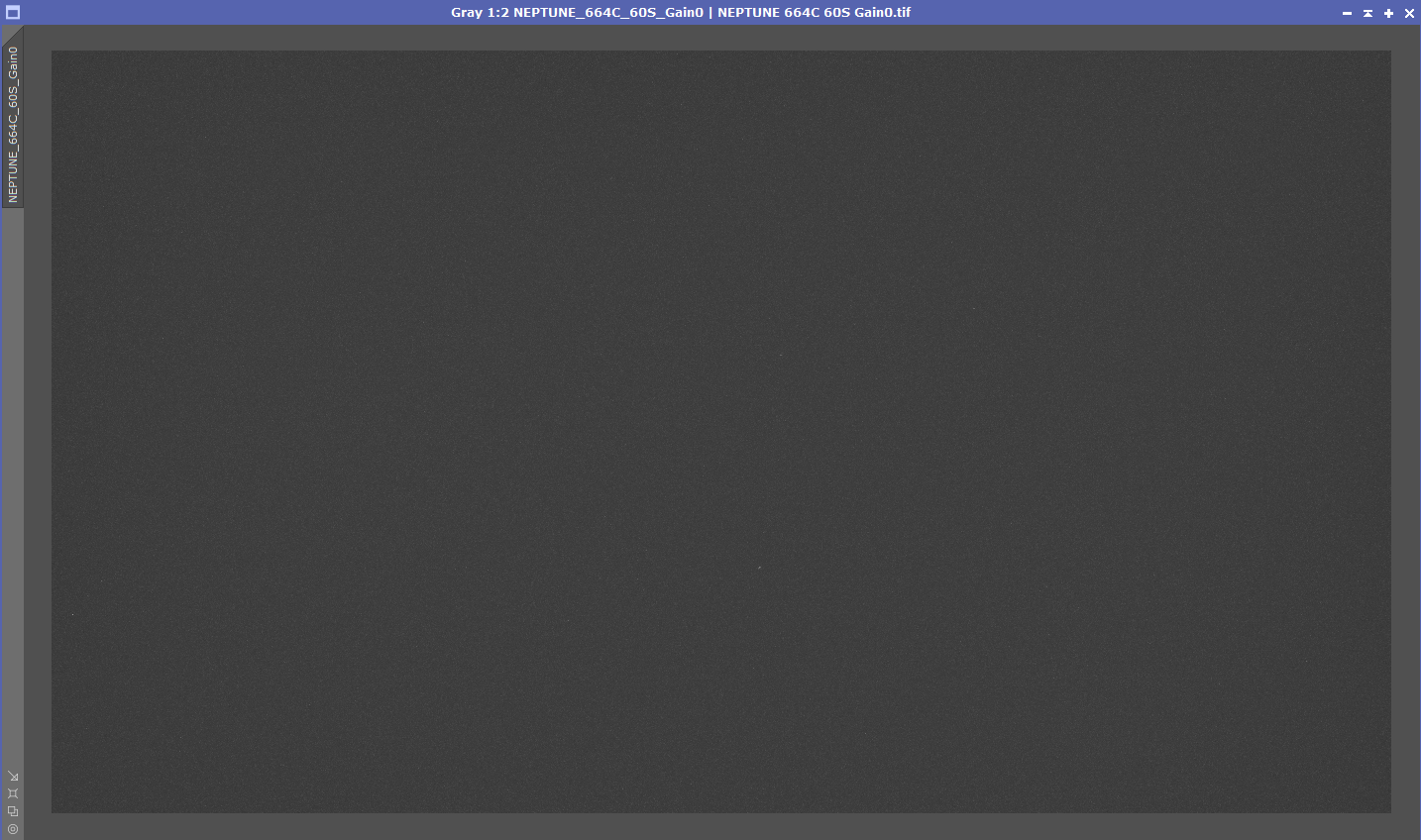
Features:
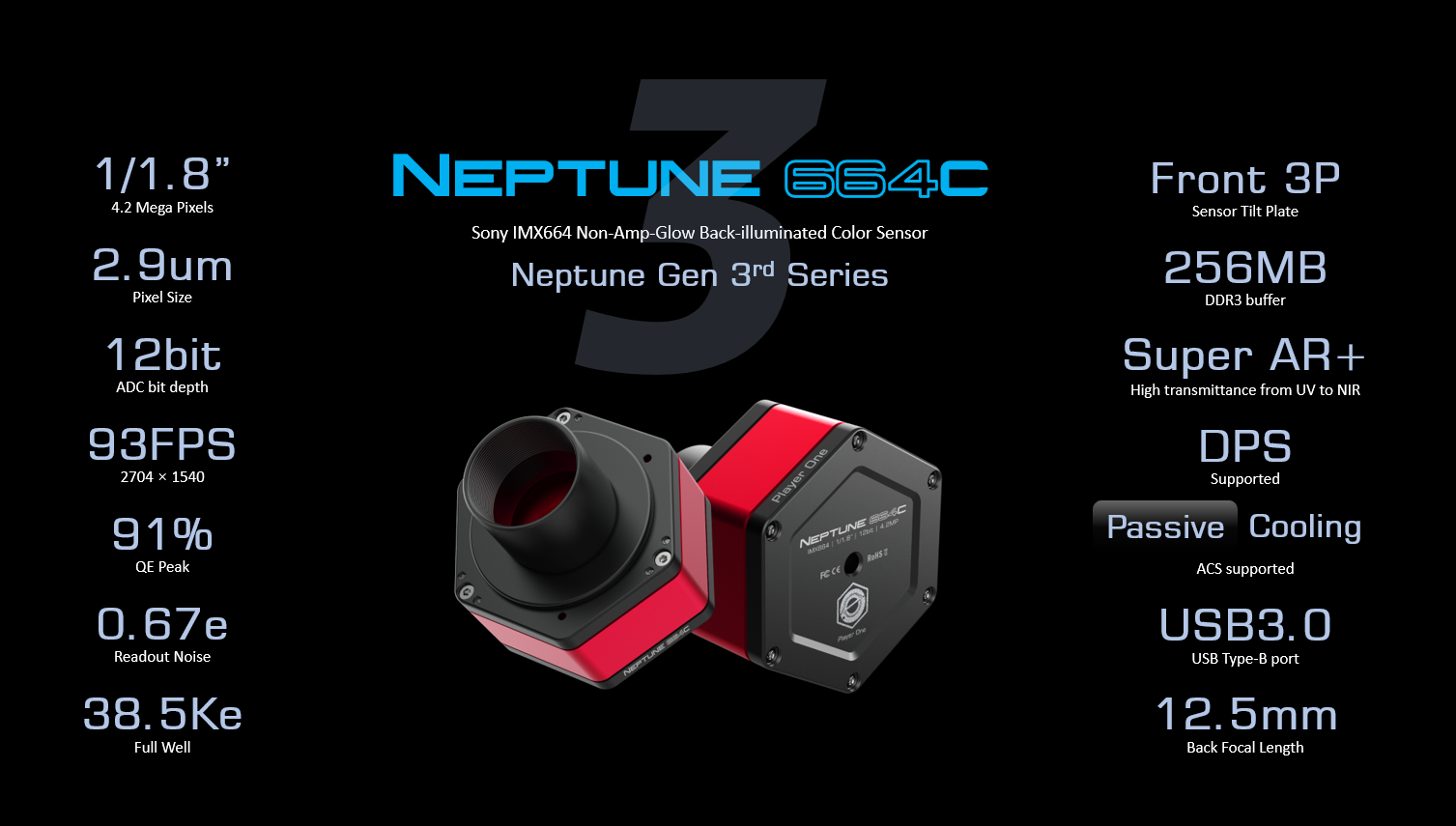
Comparison of 3 generations
Player One add all our best technology into 3rd Gen NEPTUNE 664C. You will see the advantages, like Super AR plus window, Passive cooling system. Those features will make sure NEPTUNE 664C to be very competitive on the market!
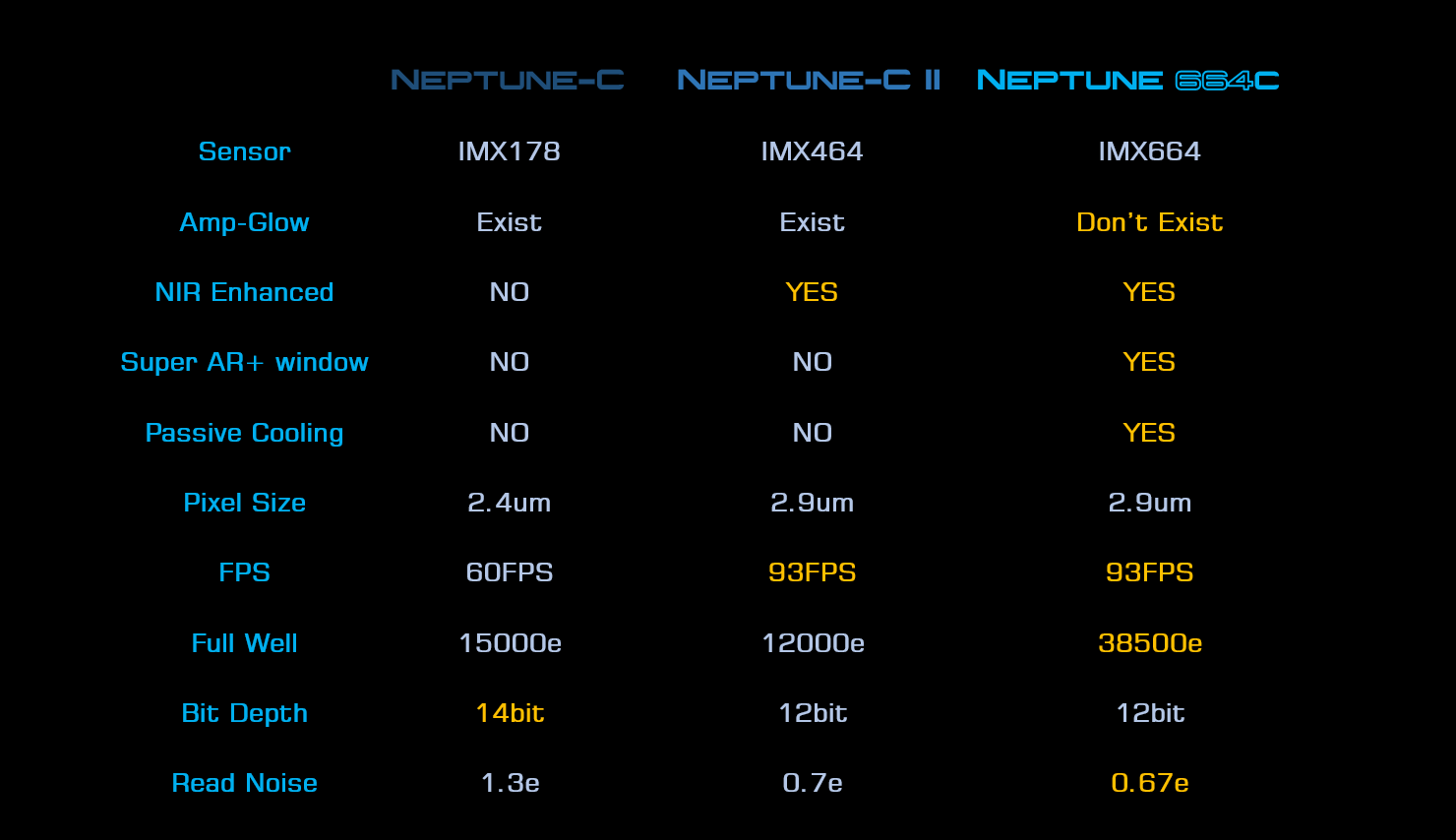
Cutting-edge Design
The planetary cameras developed by Player One Astronomy use a scientific and technological regular hexagon to construct the main body line, supplemented by round chamfers to achieve both rigidity and flexibility. The positive red, which is like a summer fire, is matched with the low-key and steady black, and the super-fine frosting process on the entire surface makes the camera look luxurious and cool, highlighting the style of high-end players, can’t take my eyes off ; D
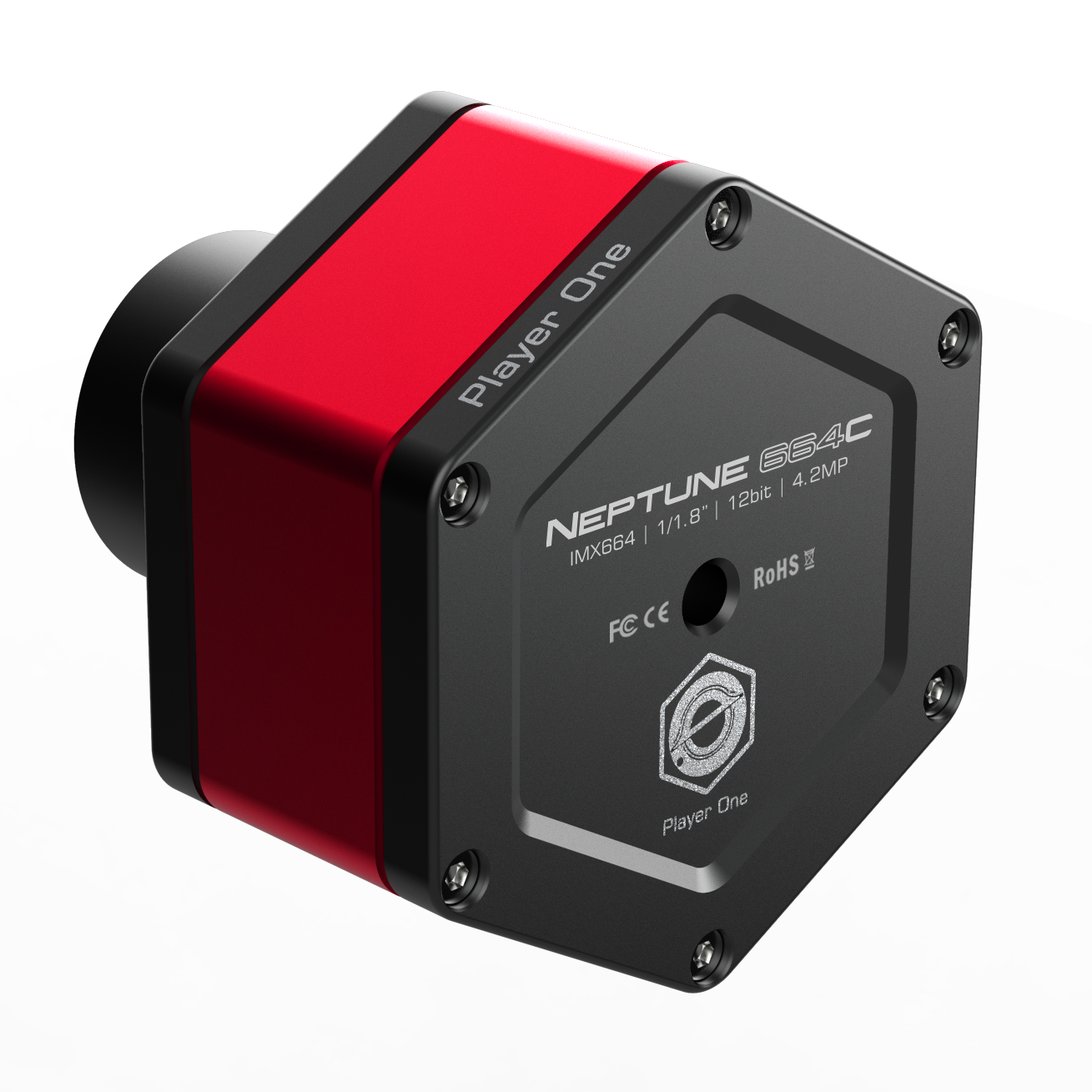
2nd Gen – Sensor Tilt Plate
The built-in high-density sponge shading pad can block the light from the side slits without any side leakage.
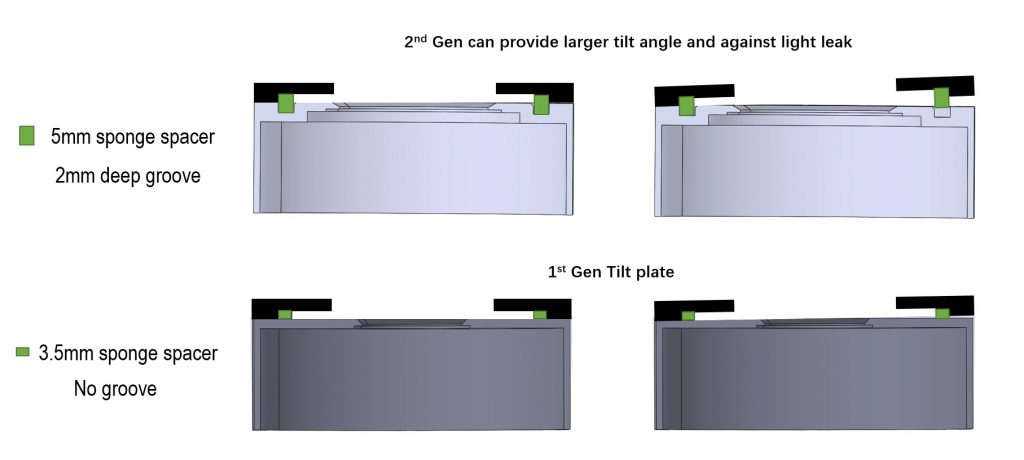
When taking solar photograph with prominence telescope, the Newton ring is annoying. Smoother solar image without Newton ring could be taken by adjusting the focal plate. Get a much smaller field curvature of the telescope.
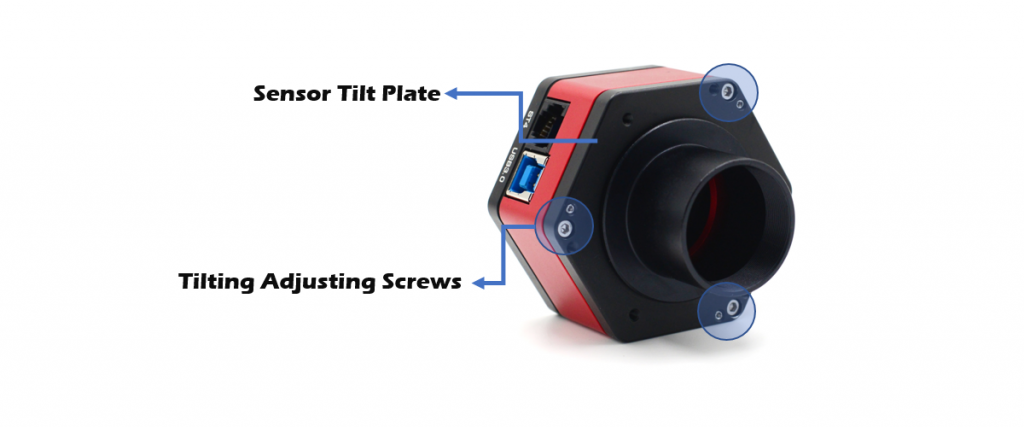
256M DDR3 Cache
Player One Astronomy cameras are the first ones who adopt the DDR3 cache in all planetary cameras in the world! It helps stabilize and secure data transmission, effectively avoids frame dropping, and greatly reduces read noise.
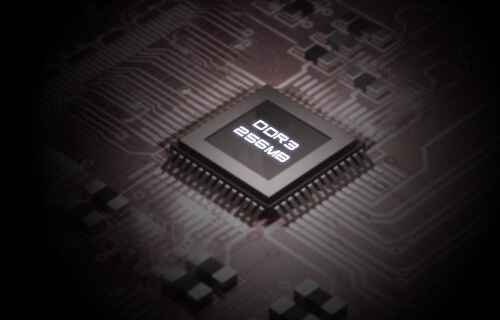
With the DDR3 cache, the camera does not have high demands on computing needs any longer, it will still have excellent performance even if it is connected to a USB 2.0 port.
DPS technology
The planetary cameras from Player One Astronomy have DPS (Dead Pixel Suppression) technology. The DPS is anaylse many dark frames to find out thoes fixed abnormal pixel and record the map in camera memory. In imaging, each exposure frames, thoes position of dead pixels will be given a median value according to the active pixels around that abnormal pixel.
![]()
Passive Cooling System
Player One add a new feature called Passive Cooling System to conduct the heat from the sensor out.

Overvoltage and overcurrent protection mechanism
Player One cameras produced by the number one player ensure the safety of your camera and other equipment through overvoltage and overcurrent protection mechanisms.
Data Port
When the camera is connected to the USB3.0 interface and a full-resolution preview is used, it can reach 93 FPS in RAW8 mode (10bit ADC), and the frame rate in RAW16 mode (12bit ADC) is 46.5 frames per second. When recording images, since the actual writing speed will be affected by the writing speed of the hard disk itself, when the hard disk writing speed is slow, the recording may not reach the theoretical speed. It is recommended that you use a high-quality solid-state drive to record data to give full play to the performance of the camera.

Use the ST4 guide cable to connect the camera and the AUTO GUIDE port of the equatorial mount to do the guiding.
Performance
HCG open at gain=180.
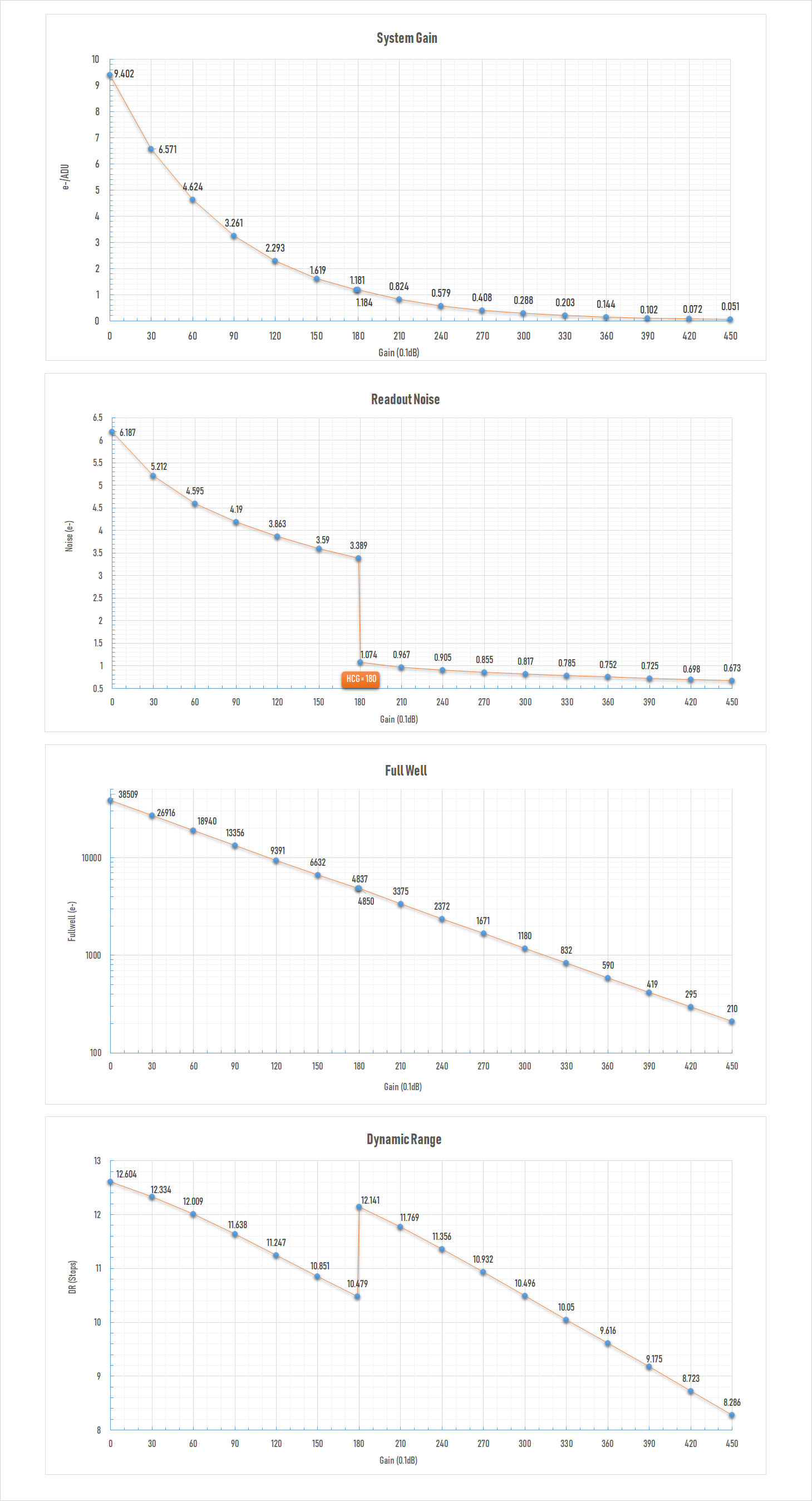
Readout Noise
Regarding readout noise, we solemnly promise that all values are obtained from actual tests. And for users, you could use Sharpcap 4 for testing. SC4 has a function called Sensor Analysis, provide a very simple way to test readout noise.
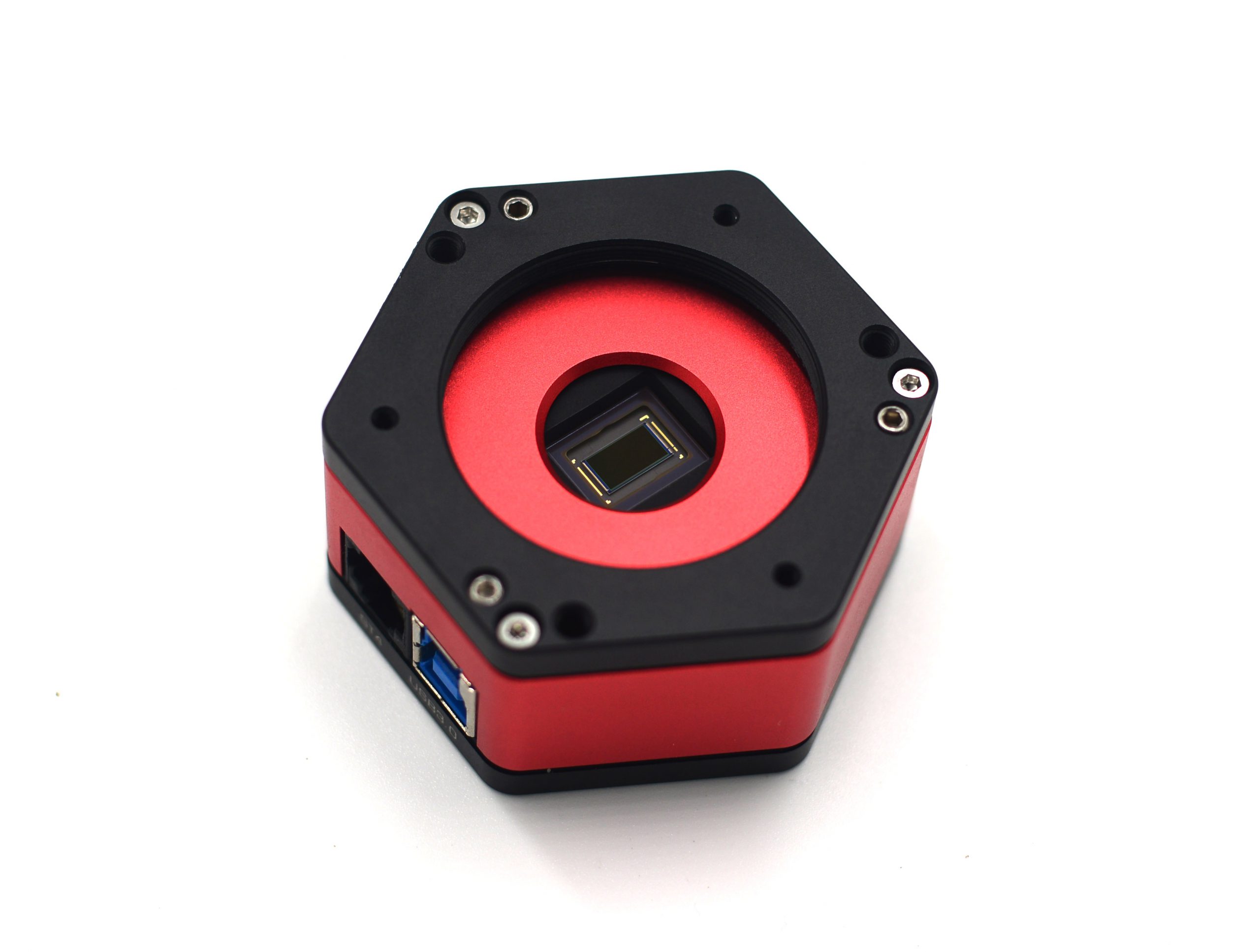
We wrote a tutorial on our website: https://player-one-astronomy.com/service/manuals/
After many rigorous readout noise tests, the camera can reach a low readout noise of 0.75e at a gain of 350 and around 0.67e at a gain of 450.
If you are interested in readout noise testing, you may try it yourself, which is very simple.
HCG Mode
NEPTUNE 664C camera has a unique HCG mode, which will automatically turn on when the camera gain setting is ≥180. The HCG mode can greatly reduce the readout noise and retain the same high dynamic range as the low gain.
QE Curve
The QE curve of the NEPTUNE 664C camera tell us that this camera is NIR enhanced camera. working after Super AR Plus window, this camera will keep very high QE in infrared.
This is the relative QE curve which provided by Sony, the absolute QE peak about 91%.
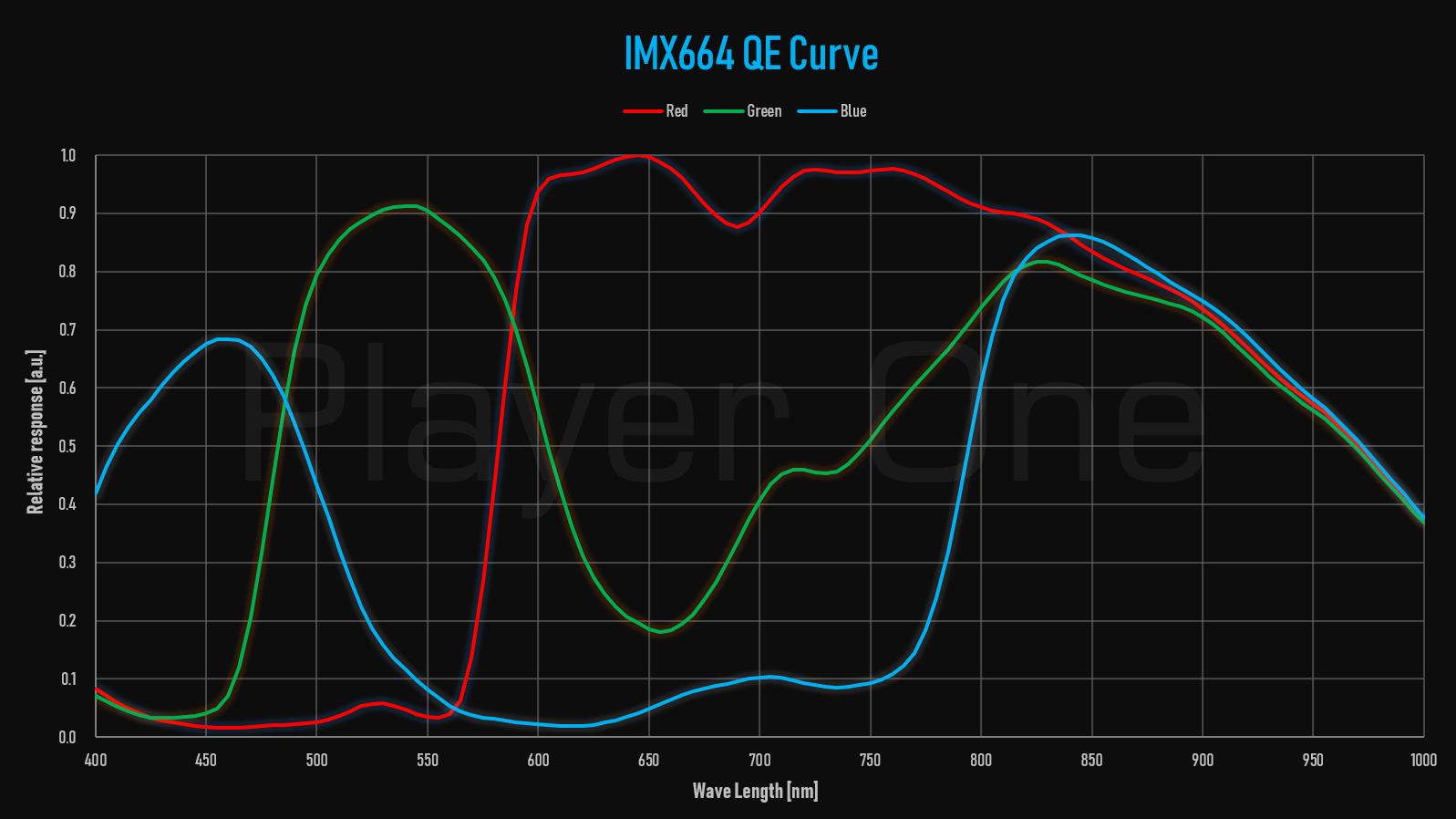
Mechanical Drawing
Specification
S
| Sensor |
SONY IMX664 1/1.8″ CMOS (color) |
|---|---|
| Diagonal |
9mm |
| Total Pixels |
4.2 Mega Pixels |
| Max Resolution |
2704×1540 |
| Pixel Size |
2.9μm |
| Chip Size |
7.8mm×4.5mm |
| Frame Rate |
136FPS(10bit) |
| Bayer Matrix |
RGGB |
| Shutter |
Rolling shutter |
| Exposure Range |
32μs-2000s |
| Readout Noise |
6.1e~0.67e |
| QE Peak |
≈91% |
| Full Well |
38.5k e |
| ADC |
12 bit |
| Data Port |
USB3.0/USB2.0 |
| Adapter |
1.25″ / M42X0.75 |
| Back Focal Length |
12.5mm |
| Protective Window |
D21*1.1MM High Quality AR Plus (Anti Reflection) Multi-Layer Coating |
| Diameter |
66mm |
| Weight |
180g |
| Resolution and FPS |
Under USB3.0 mode More resolution options could be setup in capture softewares! |
Support & Download
Software & Manual
Before the first usage of this product read Manuals and install correct Drivers and Softwares.
เงื่อนไขประกันสินค้า **สำคัญ
- **การรับประกันสินค้า 2 ปี พร้อมรับประกันศูนย์ในไทยไม่ต้องส่งเคลมที่ต่างประเทศ ซึ่งถือเป็นข้อดีของการซื้อกับผู้จัดจำหน่ายอย่างเป็นทางการในประเทศไทย และเรายังมีบริการบำรุงรักษากล้องดูดาว ล้างเลนส์ และตั้งศูนย์กล้องใหม่ อีกทั้งยังพร้อมให้คำปรึกษาด้านการดูดาว โดยผู้เชี่ยวชาญด้านกล้องดูดาวโดยตรงเพื่อให้กล้องของคุณอยู่ในสภาพดี พร้อมใช้งานมากที่สุด
คำเตือนจากแสงอาทิตย์
- ไม่ควรดูหรือมองดวงอาทิตย์โดยตรงด้วยตาเปล่าหรือด้วยออปติก (เว้นแต่คุณจะมีตัวกรองโซลาร์เซลล์ที่เหมาะสม) อาจส่งผลให้เกิดความเสียหายต่อดวงตาอย่างถาวรและแก้ไขไม่ได้
- ไม่ควรใช้ออปติกของคุณเพื่อฉายภาพดวงอาทิตย์บนพื้นผิวใด ๆ การสะสมความร้อนภายในอาจทำให้ออปติกและอุปกรณ์เสริมที่ติดอยู่เสียหายได้
